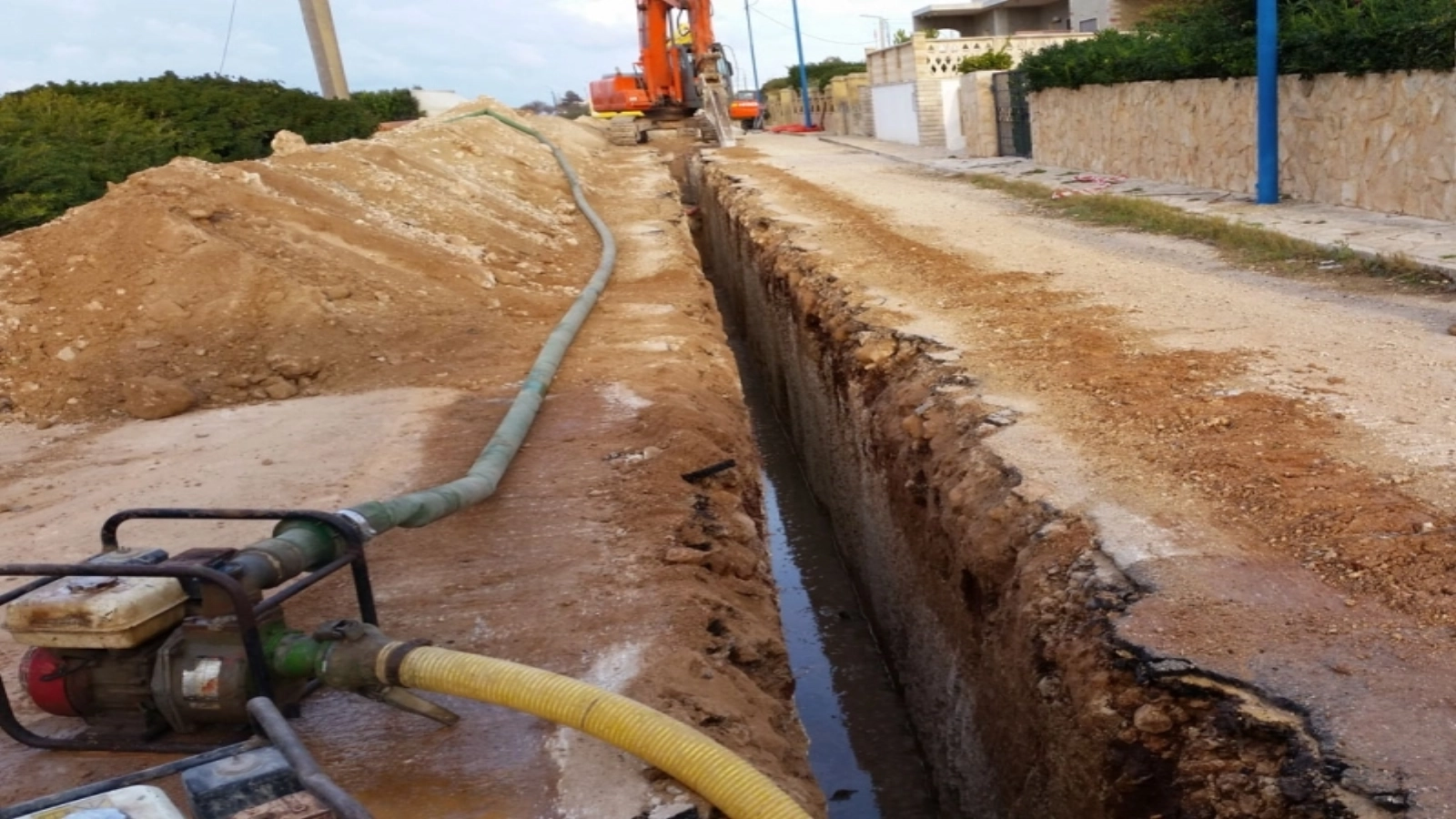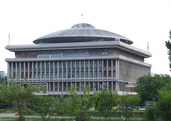A share of 60.7% of Romania's resident population was connected to sewage systems in 2024, while 59.6% of the total was connected to sewage systems equipped with treatment plants, according to data from the National Institute of Statistics (INS), published on Friday.
According to official statistics, last year, 11,578,048 inhabitants had their homes connected to sewage systems, an increase of 127,019 people compared to 2023.
Regarding wastewater treatment, the population connected to sewage systems equipped with treatment plants was 11,359,625 people, an increase of 183,182 people compared to the previous year.
"The increases were determined by the population's connection to newly built sewage networks, respectively by the commissioning of new wastewater treatment plants," notes the INS.
According to the cited source, at the level of development regions, the highest share of the population connected to sewage systems, in total resident population, was recorded in the Bucharest-Ilfov region (96.0%), followed by the Center (72.8%) and West (71.8%) regions.
On the other hand, the lowest degree of connection to sewage systems was recorded in the developent regions: North-East (41.1%), South-Muntenia (42.7%) and South-West Oltenia (51.6%).
At the same time, in 2024, in the urban area, the population connected to the sewerage system was 9,831,832 people, representing 99.3% of the urban resident population of Romania, and in the rural area, a number of 1,746,216 people benefited from sewerage services, equivalent to 19% of the rural resident population of Romania.

































Comentează